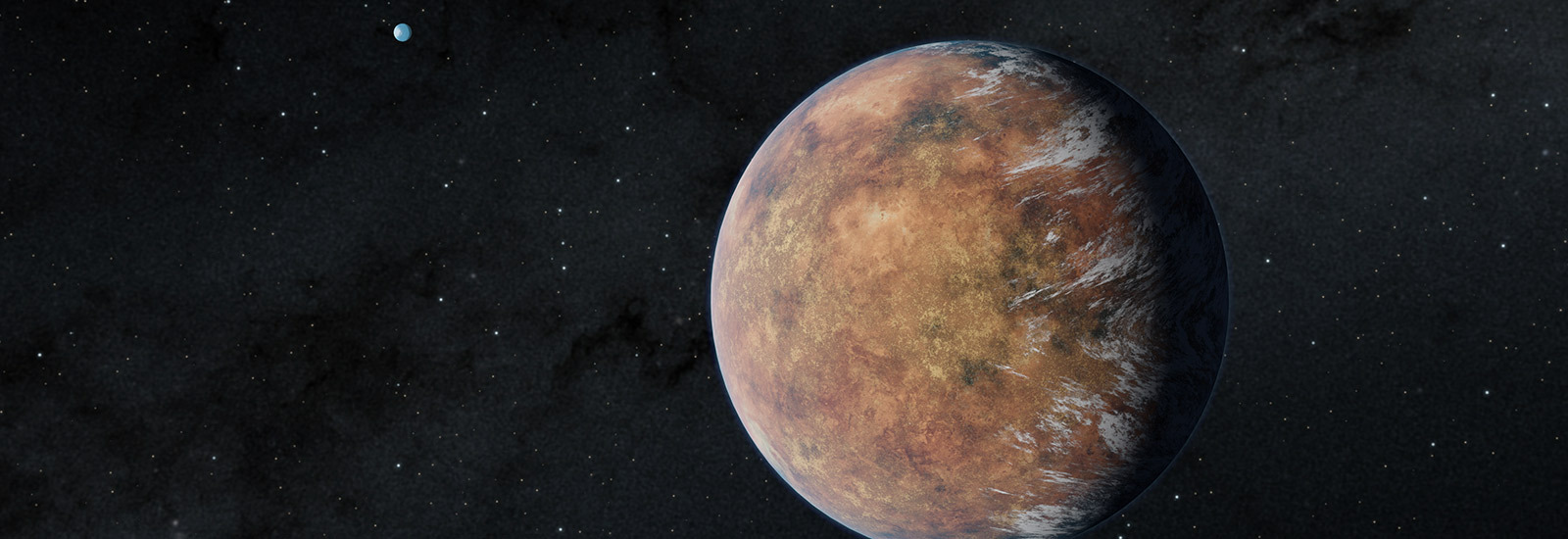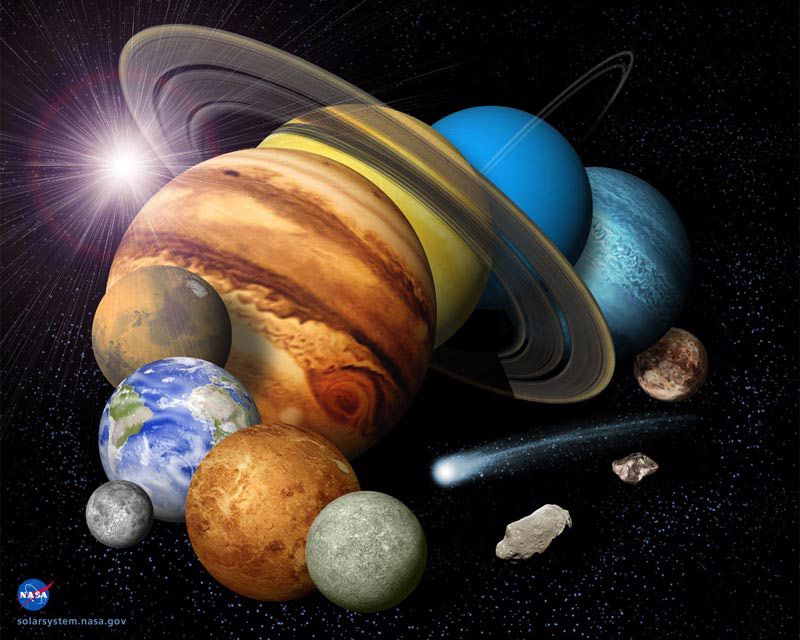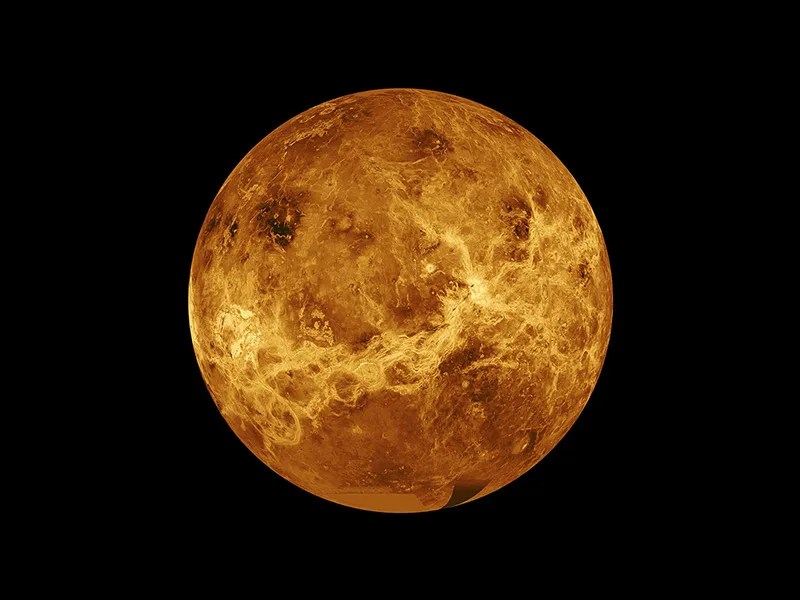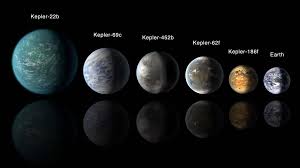Scientists of America’s world well-known area company NASA have stunned the entire world by discovering one other fascinating world between Earth and Venus. Two worldwide groups of astronomers of NASA’s TESS (Transiting Exoplanet Survey Satellite tv for pc) have found a brand new planet between Earth and Venus, solely 40 gentle years away, utilizing observations of many different options. Scientists have termed it a really fascinating new world between Venus and Earth. It will likely be much more fascinating to know whether or not people and different creatures dwell on this new world like Earth? Are scientists going to disclose the thriller of this new world quickly? … Such questions have began coming to folks’s minds as quickly as the brand new world is found.
Many elements have been discovered on this new world found between Earth and Venus, which scientists name appropriate for additional examine utilizing NASA’s James Webb Area Telescope. Allow us to let you know that TESS can intently observe a big a part of the sky on the similar time in a month. It could possibly additionally observe the modifications within the brightness of 1000’s of stars at intervals of simply 20 seconds to half-hour. Capturing the transit of stars on the planet of orbiting planets, discovering out the explanations for his or her transient and common dimming is one in every of its major objectives.
What’s particular on this new fascinating world
Masayuki Kuzuhara, a challenge assistant of a analysis group from the Astrobiology Heart, co-leading the challenge with Akihiko Fukui in Tokyo and a professor on the College of Tokyo, stated, “We’ve got detected the closest, transiting, temperate, Earth-sized world thus far. Nonetheless, we don’t but know whether or not it has an environment or not. We’re considering of it as an exo-Venus, whose dimension and power from its star is just like our neighboring planet within the photo voltaic system.” Nonetheless, it isn’t but recognized who lives on this new world. Scientists are keen to search out out the presence or risk of life on this new world.

The temperature of this fascinating world is 42 levels
He stated that this host star is cool, crimson and dwarf which is situated about 40 gentle years away within the Pisces constellation. It’s referred to as Gliese 12. On the similar time, the newly found world has been named Gliese 12B. The dimensions of the star is just 27% of the scale of the Solar, with a floor temperature of about 60% of that of the Solar. It orbits each 12.8 days and its dimension is the same as or barely smaller than Earth or Venus. Whether it is at the moment believed that it has no environment (which is but to be found.) Then the floor temperature of this new planet is estimated to be round 107 levels Fahrenheit (42 levels Celsius).

Astronomers informed a stunning factor
Astronomers say that the small dimension and mass of crimson dwarf stars make them preferrred for locating Earth-sized planets. A smaller star means extra blur for every transit, and fewer mass means an orbiting planet could cause a much bigger wobble, often called the star’s “reflex movement.” These results make smaller planets simpler to detect. The decrease brightness of crimson dwarf stars means their liveable zones — the vary of orbital distances the place liquid water can exist on a planet’s floor — lie nearer to them. This makes it simpler to detect transiting planets inside liveable zones round crimson dwarfs than round stars that emit extra power.
The brand new world planet receives power from its star
The gap separating Gliese 12 and this new planet (Gliese b) is just 7% of the space between Earth and the Solar. Simply as Earth receives power from the Solar, this planet receives 1.6 occasions extra power from its star than Earth and Venus. “Gliese 12b represents among the best targets to check whether or not Earth-sized planets orbiting cool stars can retain their atmospheres, which is a crucial step to advance our understanding of habitability on planets in our galaxy,” stated Shishir Dholakia, a doctoral pupil on the Centre for Astrophysics on the College of Southern Queensland in Australia.

He co-led a separate analysis group with Larissa Palethorpe, a doctoral pupil on the College of Edinburgh and College School London. Each groups counsel that learning Gliese 12b might assist unlock some facets of the evolution of our personal photo voltaic system.




